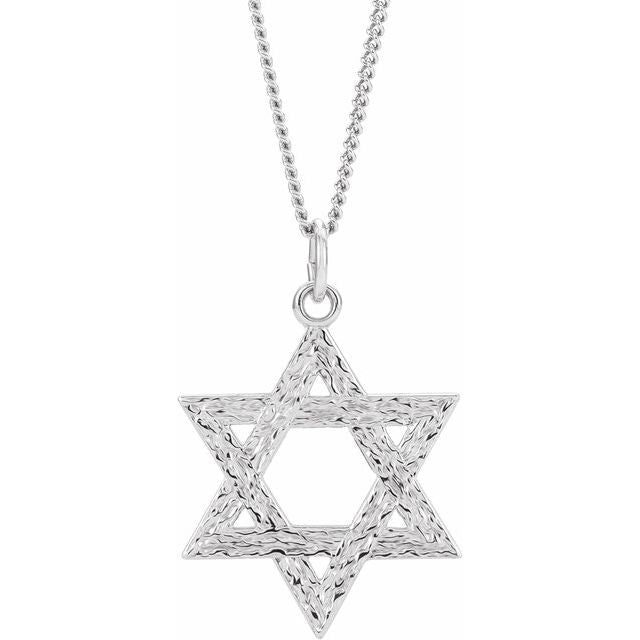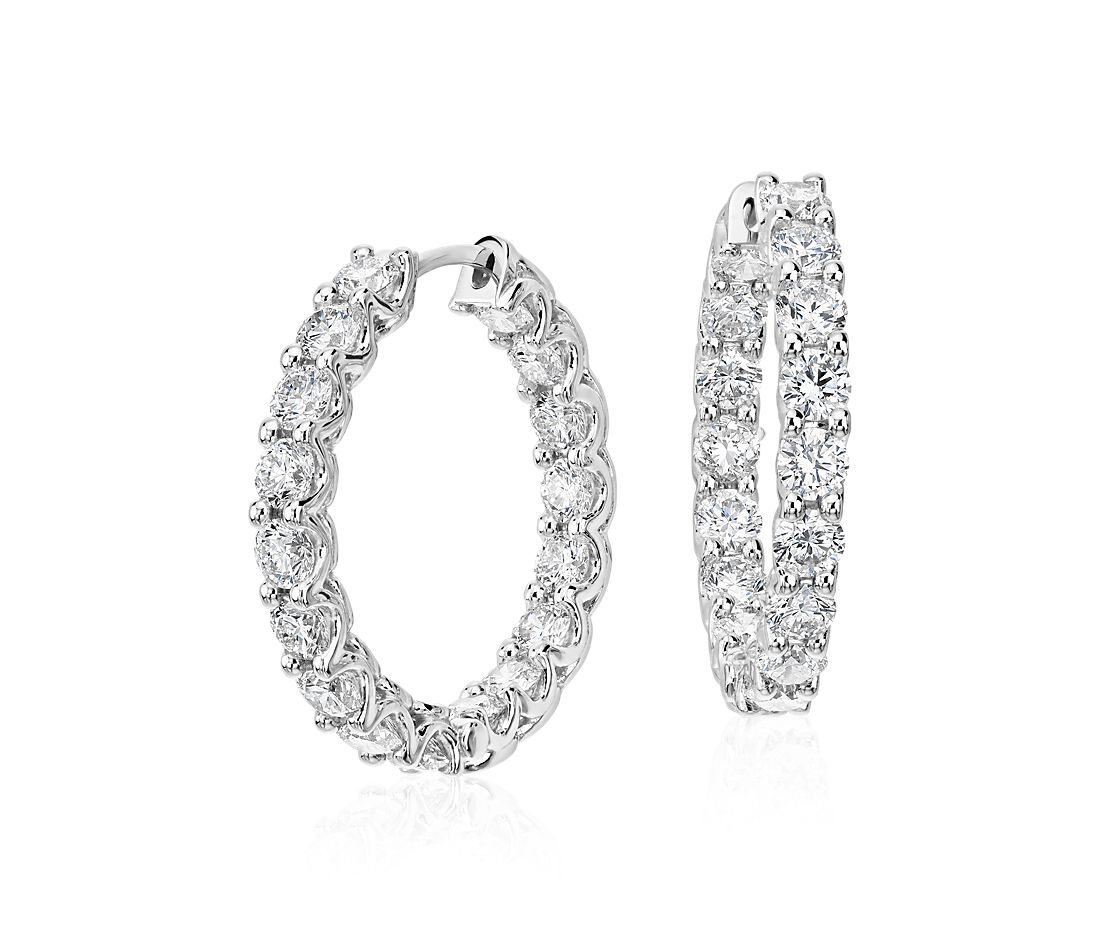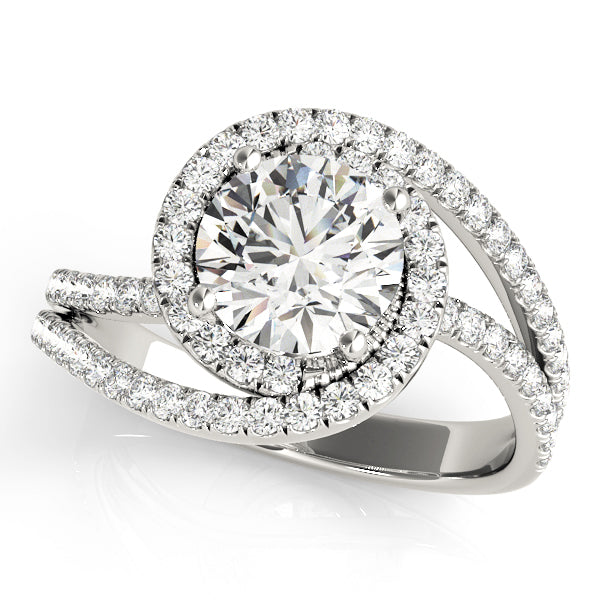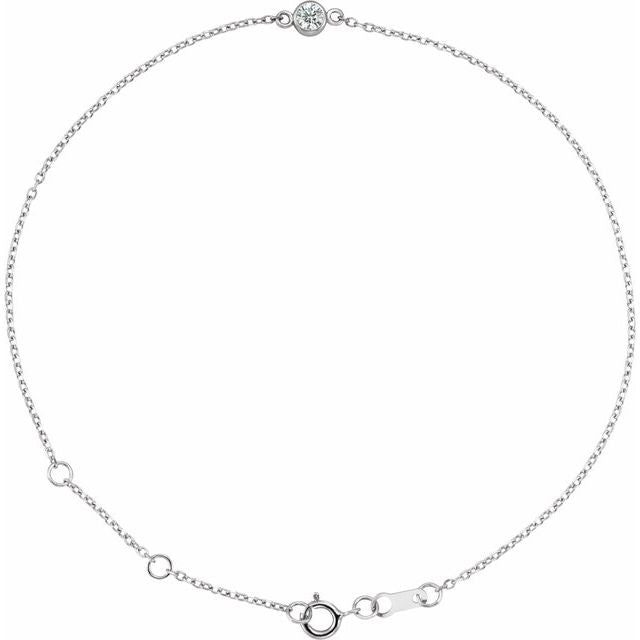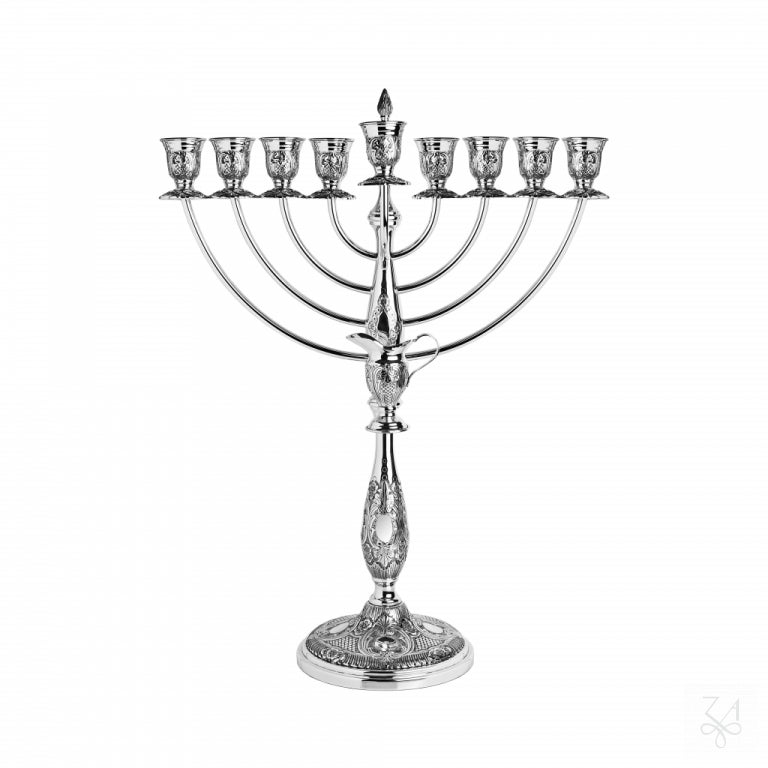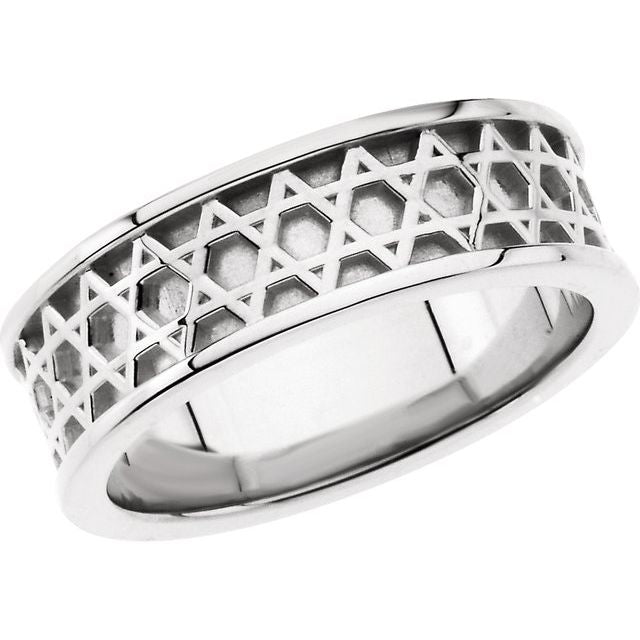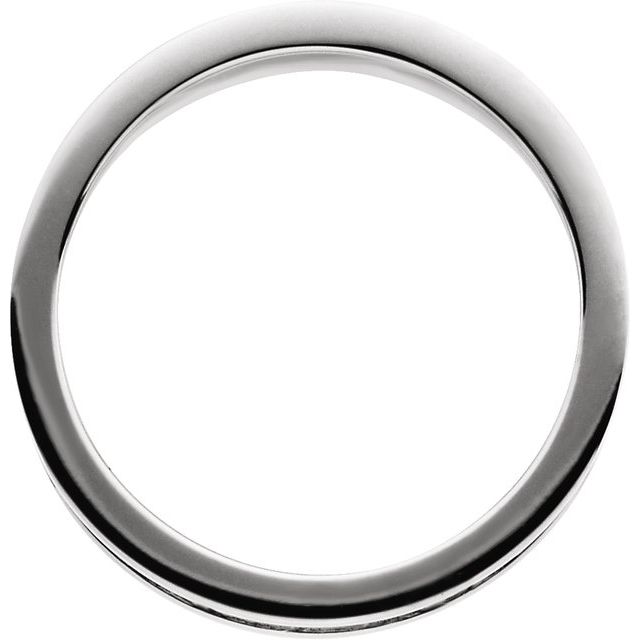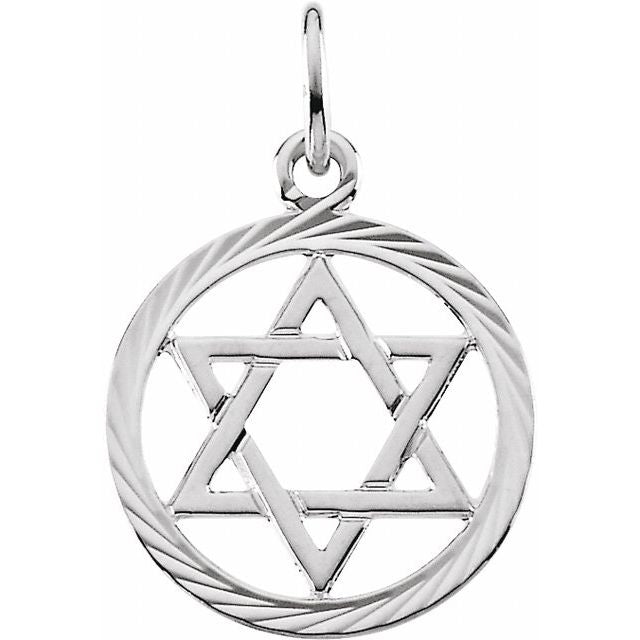How to Fix a Broken Necklace Chain at Home: A Complete Guide

There are few things more disheartening than reaching for your favorite necklace only to find the chain broken, tangled in a jewelry box, or worse—discovering it's snapped while you're wearing it, potentially losing a cherished pendant. Whether it's a priceless family heirloom or a beloved fashion piece from your favorite store, a broken necklace chain can feel like a small tragedy. But before you rush to the jeweler or resign yourself to never wearing that piece again, here's some good news: many chain repairs are completely doable at home with the right tools and techniques.
In this comprehensive guide, I'll walk you through everything you need to know about assessing, fixing, and maintaining your necklace chains. From simple fixes that require nothing more than household items to more involved repairs that might need a few specialized tools, you'll discover that being your own jewelry repair person is not only satisfying but can save you significant money over time.
Understanding Your Necklace Chain
Before diving into repairs, it's important to understand what you're working with. Necklace chains come in various materials, styles, and constructions, and each may require slightly different repair approaches.
Common Chain Materials
Gold chains (whether 10K, 14K, or 18K) are popular for their beauty and durability, but they can still break, especially at stress points. Sterling silver chains are more affordable but can be prone to tarnishing and may be slightly more delicate. Platinum chains are extremely durable but also expensive and may require professional repair. Base metal chains, often found in costume jewelry, are typically the easiest to repair at home but may not last as long as precious metals.
The material of your chain will influence not only how you repair it but also what tools and supplies you'll need. For example, soldering a gold chain requires different materials than fixing a costume jewelry piece.
Common Chain Styles
Cable chains consist of uniform, oval links connected in a simple pattern. These are among the easiest to repair. Rope chains feature twisted links that create a spiral effect, resembling a rope. Box chains have square links that give a more geometric appearance. Snake chains have tightly connected plates that create a smooth, snake-like surface. Figaro chains alternate between different sized links in a pattern. Herringbone chains are flat and flexible, made of V-shaped metal pieces.
Each style has its own vulnerabilities. For instance, herringbone chains are notorious for kinking, while delicate snake chains can snap if bent too sharply.
Common Break Points
Chains typically break at their weakest points. The clasp connection is a frequent failure point, as it experiences the most stress when putting on and removing the necklace. The middle section of a chain can break if it gets caught on clothing or hair. Links near pendants often fail due to the extra weight and movement.
Understanding where and why your chain broke will help you make a more durable repair and potentially prevent future breaks.
Assessing the Damage
Before attempting any repair, take time to properly assess what's wrong with your necklace chain. This crucial step will determine which repair method is most appropriate.
Types of Chain Damage
A broken link occurs when a single link in the chain has opened or completely separated. This is often the easiest type of damage to fix. A stretched chain happens when the links have been pulled but not broken, causing the chain to look elongated in certain sections. A kinked chain, particularly common in herringbone or snake chains, occurs when the chain has been bent sharply and won't lie flat anymore. A damaged clasp happens when the closing mechanism fails, making it impossible to secure the necklace. Missing links are more challenging as you'll need to replace the missing pieces to restore the chain's integrity.
Tools for Inspection
A magnifying glass or jeweler's loupe is invaluable for examining small chain links. Good lighting, preferably natural daylight or a bright desk lamp, will help you see details clearly. A clean, light-colored work surface provides contrast that makes it easier to see small metal parts. Tweezers can help you manipulate tiny components without losing them.
Take your time during this assessment phase. Rushing can lead to overlooking important details that might affect your repair strategy.

Essential Tools and Supplies for Chain Repair
Having the right tools on hand makes all the difference between a frustrating experience and a successful repair. Here's what you'll need for most common chain fixes:
Basic Tools
Chain nose pliers have smooth, tapered jaws perfect for gripping and manipulating small links without marking them. Round nose pliers have conical jaws ideal for creating loops and bends in wire. Flat nose pliers have flat, smooth jaws useful for firmly gripping and straightening metal. Wire cutters are necessary if you need to remove damaged sections or cut new jump rings. Tweezers help manipulate tiny parts with precision.
For those new to jewelry repair, basic versions of these tools can be found in craft stores or online for relatively little investment. If you plan to do repairs frequently, consider investing in jewelry-specific tools that will be more precise and gentle on your pieces.
Materials for Repairs
Jump rings are small metal rings used to connect components in jewelry. Having an assortment of sizes and materials that match your chain is useful. Clasps may need replacement if they're the point of failure. Matching wire can be used to create new links if needed. For temporary fixes, clear nail polish can reinforce weak points.
Specialty Items for Advanced Repairs
A jewelry soldering kit includes a small torch, solder, and flux, allowing for permanent metal joining. This is for more advanced repairs. Safety equipment such as protective eyewear and heat-resistant surfaces are essential if you're soldering. A jewelry polishing cloth helps restore shine after repairs.

Simple Fixes for Common Chain Problems
Now that you've assessed the damage and gathered your tools, let's start with some of the most straightforward repairs.
Fixing an Open Link
This is perhaps the most common and easiest chain repair. First, locate the open link using your magnifying glass. Using your chain nose pliers, gently grip one side of the open link. With your other hand, use another pair of pliers to grip the opposite side. Carefully twist the link closed, ensuring the ends meet perfectly without overlapping. Check that the repaired link moves freely with adjacent links.
This technique works best for simple chain styles like cable or Figaro chains. For very fine chains, you might need to use tweezers instead of pliers to avoid damaging the delicate links.
Replacing a Jump Ring
If the connection point (usually a jump ring) is broken, you'll need to replace it. Select a jump ring that matches the size and material of your chain. Using two pairs of pliers, grip each side of the jump ring and twist in opposite directions to open it (never pull outward, as this will distort the ring). Thread the jump ring through both ends of the chain that need connecting. Using your pliers again, twist the ends back together until they meet perfectly.
For a more secure connection, consider using a closed jump ring or soldering the jump ring after closing it, though this requires more advanced skills.
Clasp Replacement
A broken clasp renders the entire necklace unwearable, but replacing it is straightforward. Open the jump ring connecting the old clasp using the technique described above. Remove the damaged clasp and attach the new one using the same jump ring or a replacement if needed. Close the jump ring securely. Test the new clasp several times to ensure it opens and closes smoothly.
When selecting a replacement clasp, consider both functionality and aesthetics. A lobster claw clasp offers security, while a magnetic clasp provides ease of use, particularly for those with dexterity issues.
Untangling Knotted Chains
While not a repair per se, knowing how to untangle a knotted chain can prevent breakage from forceful pulling. Place the chain on a flat surface and use two fine sewing needles or straight pins to gently work the knot apart. For stubborn knots, a drop of baby oil or mineral oil can help loosen the links. Work slowly and patiently, as rushing often tightens knots further. Once untangled, clean the chain with mild soap and water to remove any oil.
Intermediate Repair Techniques
For more significant damage or higher-value pieces, you might need to employ some intermediate-level techniques.
Reattaching Broken Sections
When a chain breaks into two distinct pieces, you'll need to reconnect them. Examine both ends of the break to determine if you need to remove any damaged links. Using wire cutters, carefully remove any misshapen links that can't be repaired. Connect the two sections using a jump ring or by opening and closing an existing link. For a more seamless repair, you might need to add a new link that matches the chain style.
This technique requires good manual dexterity and patience, especially with intricate chain patterns. Take your time and ensure each connection is secure before moving to the next step.
Reinforcing Weak Points
Preventative maintenance can save you from future breaks. Identify areas showing wear, such as thinning links or stress points near pendants. For non-precious metal chains, a tiny dab of clear nail polish on weak links can provide temporary reinforcement. For valuable chains, consider adding a small jump ring at connection points to distribute stress, especially where pendants attach.
Remember that these reinforcements are visible upon close inspection, so consider the aesthetic impact on your piece.
Fixing a Stretched Chain
Chains can stretch over time, particularly if they've supported heavy pendants. For minor stretching, gently compress the affected links using flat nose pliers. Work in small sections, being careful not to create kinks. For significant stretching, it might be necessary to remove some links to restore the original length. This requires opening links, removing the excess, and reconnecting the chain.
This repair is best attempted on sturdier chains, as delicate ones may be damaged by the compression process.
Advanced Repair Techniques
These methods require specialized tools and more experience but can provide professional-quality repairs for valuable pieces.
Soldering Broken Links
Soldering creates the strongest, most permanent repair for precious metal chains. Clean the broken area thoroughly using jewelry cleaner or rubbing alcohol. Apply a small amount of flux to the joint. Set up your work area with fire-resistant materials and proper ventilation. Using tweezers, hold the pieces to be joined and apply the torch flame nearby—not directly on the joint. Touch the solder to the heated area; it should flow into the joint. Allow the piece to cool naturally before handling.
This technique requires practice and proper safety precautions. If you're new to soldering, experiment on inexpensive pieces first.
Replacing Missing Links
For chains with missing links, you'll need to create or source matching replacements. For simple chains, you can sometimes make replacement links using matching wire and round nose pliers. Wrap the wire around a mandrel of appropriate size, cut to create individual links, and connect them to the chain. For complex patterns, you might need to purchase replacement links from jewelry supply stores or salvage them from a similar chain.
The key to this repair is matching the size, shape, and material of the original links as closely as possible.
Fixing Specialty Chains
Some chain styles require specific approaches. For herringbone chains that have kinked, gently straighten the kinked area using flat nose pliers covered with soft cloth to prevent marking. Work slowly, applying minimal pressure. For snake chains with broken segments, the repair often involves removing damaged sections and reconnecting the healthy portions, as individual "scales" are difficult to replace. Box chains with damaged boxes might require replacement of the affected links, as reshaping them can be challenging.
These specialty repairs often require more patience and precision than standard chain fixes.
Finishing Touches
After completing your repair, a few finishing steps will ensure your necklace looks its best and the fix remains durable.
Cleaning After Repair
Handling chains during repair can transfer oils and dirt to the metal. For gold and platinum, use warm water with a drop of mild dish soap and a soft toothbrush to gently clean the entire chain. For silver, use a specialized silver cleaning solution or cloth. Rinse thoroughly and dry completely with a soft, lint-free cloth. For costume jewelry, wipe gently with a barely damp cloth, being careful not to soak any glued components.
Testing the Repair
Before wearing your repaired necklace, test its strength. Gently pull the chain from both ends to ensure the repair holds. Check that all links move freely without catching. Fasten and unfasten the clasp several times to verify it works smoothly. Drape the chain around your fingers to check for any remaining kinks or unnatural bends.
Preventative Measures for the Future
To avoid future breaks, store necklaces properly—either hung on hooks or laid flat in a jewelry box with separate compartments. Avoid wearing delicate chains during vigorous activities. Put your necklace on after applying perfume, hairspray, or other chemicals that can weaken metal over time. Consider having very fine or valuable chains professionally reinforced at stress points.
When to Seek Professional Help
While many chain repairs can be successfully completed at home, some situations call for professional expertise.
Recognizing Your Limits
If your chain is made of high-karat gold, platinum, or contains valuable gemstones, the risk of DIY repair might outweigh the savings. Very fine chains (under 1mm) can be extremely difficult to manipulate without specialized equipment. Antique or heirloom pieces often have construction methods that require expert knowledge. If you've attempted a repair and it's not holding or looks unsightly, it's time to consult a professional.
Finding a Reputable Jeweler
Look for jewelers who specialize in repairs rather than just sales. Check reviews specifically mentioning chain repairs. Ask about their experience with your specific type of chain. Request a detailed estimate before proceeding with professional repair. For valuable pieces, ensure the jeweler is bonded and insured.
Cost-Benefit Analysis
Professional chain repair typically costs between $25-$150 depending on the material, complexity, and your location. Compare this to the value (both monetary and sentimental) of your necklace and the cost of replacement. Consider also the time investment of DIY repair—some fixes that seem simple can become time-consuming projects.
Maintaining Your Necklace Collection
Proper maintenance can prevent many common chain problems before they occur.
Proper Storage Techniques
Hang necklaces on individual hooks or pegs to prevent tangling. For chains that can't be hung, lay them flat in a jewelry box with separate compartments. Consider using anti-tarnish strips in your storage area, especially for silver pieces. Keep chains away from extreme temperature or humidity fluctuations, which can weaken metal over time.
Regular Inspection and Maintenance
Make it a habit to check your most-worn chains monthly for signs of wear. Pay special attention to clasp connections and areas that experience friction. Clean your necklaces regularly according to their metal type to prevent buildup that can accelerate wear. Consider having valuable pieces professionally checked and cleaned annually.
Wearing Your Necklaces Wisely
Remove necklaces before swimming, as chlorine and salt water can damage many metals. Avoid wearing delicate chains during sports or vigorous activities. Put necklaces on after applying makeup, perfume, and hairspray to minimize chemical exposure. Be mindful of how pendants move and interact with the chain while worn.
Conclusion
A broken necklace chain doesn't have to mean the end of a beloved piece of jewelry. With the right tools, techniques, and a bit of patience, many common chain problems can be successfully addressed at home. From simple link repairs to more complex soldering jobs, the satisfaction of restoring a cherished necklace is well worth the effort.
Remember that practice improves skill—if you're new to jewelry repair, start with less valuable pieces as you build confidence. Take your time, work in good lighting, and don't hesitate to seek professional help for particularly valuable or challenging repairs.
By understanding how to assess, repair, and maintain your necklace chains, you're not only saving money but also extending the life of your jewelry collection. The next time you discover a broken chain, you can approach the situation with confidence rather than disappointment, knowing you have the knowledge to restore your necklace to its former glory.
References
-
Smith, J. (2022). The Complete Guide to Jewelry Repair. Crafters Publishing. https://www.craftersguides.com/jewelry-repair
-
Johnson, A. (2021). DIY Jewelry Fixes: Saving Your Favorite Pieces. Home Craft Monthly. https://www.homecraftmonthly.com/jewelry-fixes
-
International Gem Society. (2023). Chain Repair Techniques for Beginners. https://www.gemsociety.org/chain-repair
-
Williams, S. (2022). Precious Metal Work: Soldering and Beyond. Metalsmith Quarterly. https://www.metalsmithquarterly.com/soldering-basics
-
Thomas, R. (2023). Jewelry Care and Maintenance for Longevity. Jewelry Collector Magazine. https://www.jewelrycollector.com/care-guide
-
Davis, M. (2021). Understanding Jewelry Chains: Types, Strengths, and Weaknesses. Jewelry Crafting Today. https://www.jewelrycraftingtoday.com/chain-types
-
Anderson, P. (2023). When to DIY and When to Seek Professional Jewelry Repair. Consumer Craft Reports. https://www.consumercraftreports.com/jewelry-repair-guide



